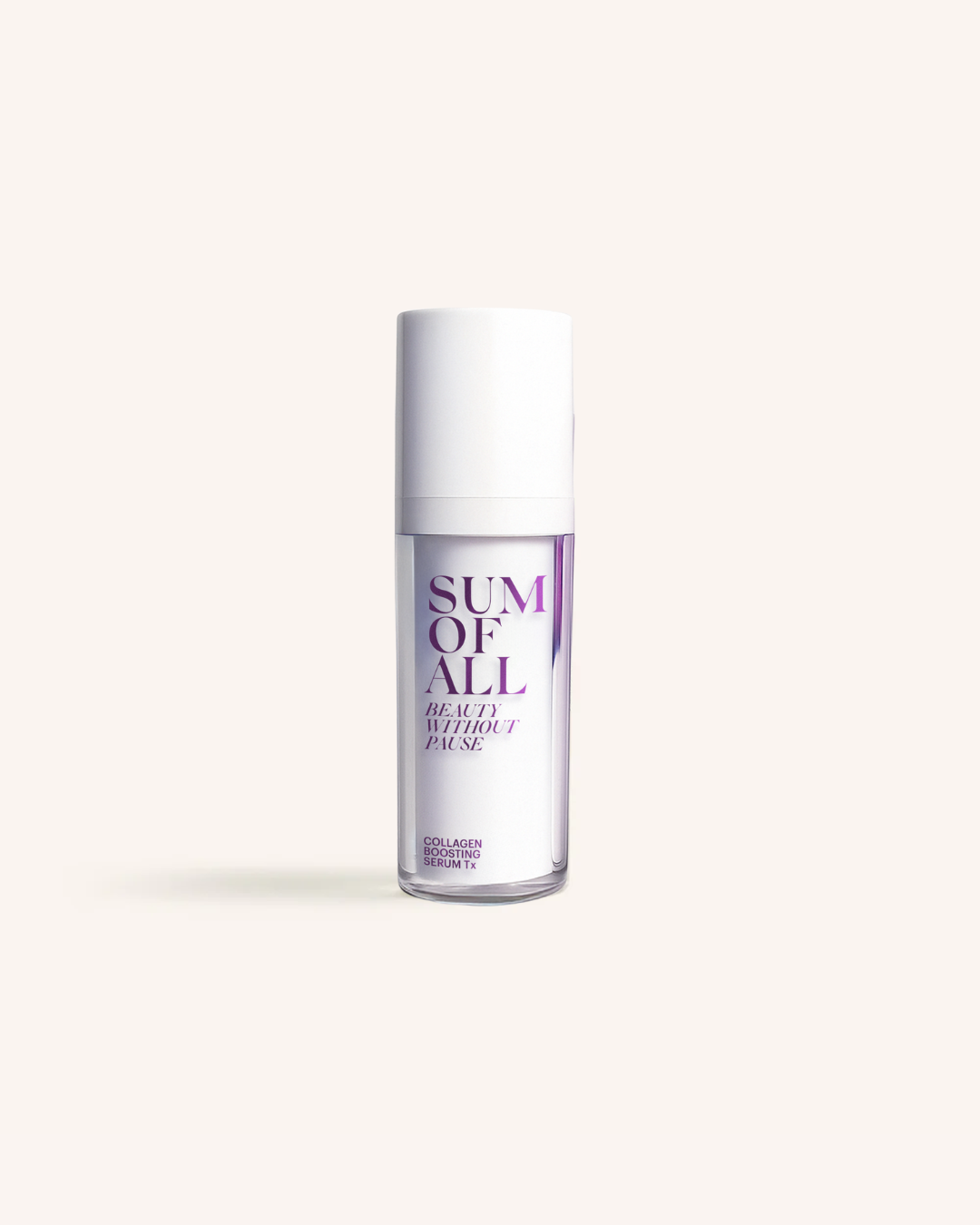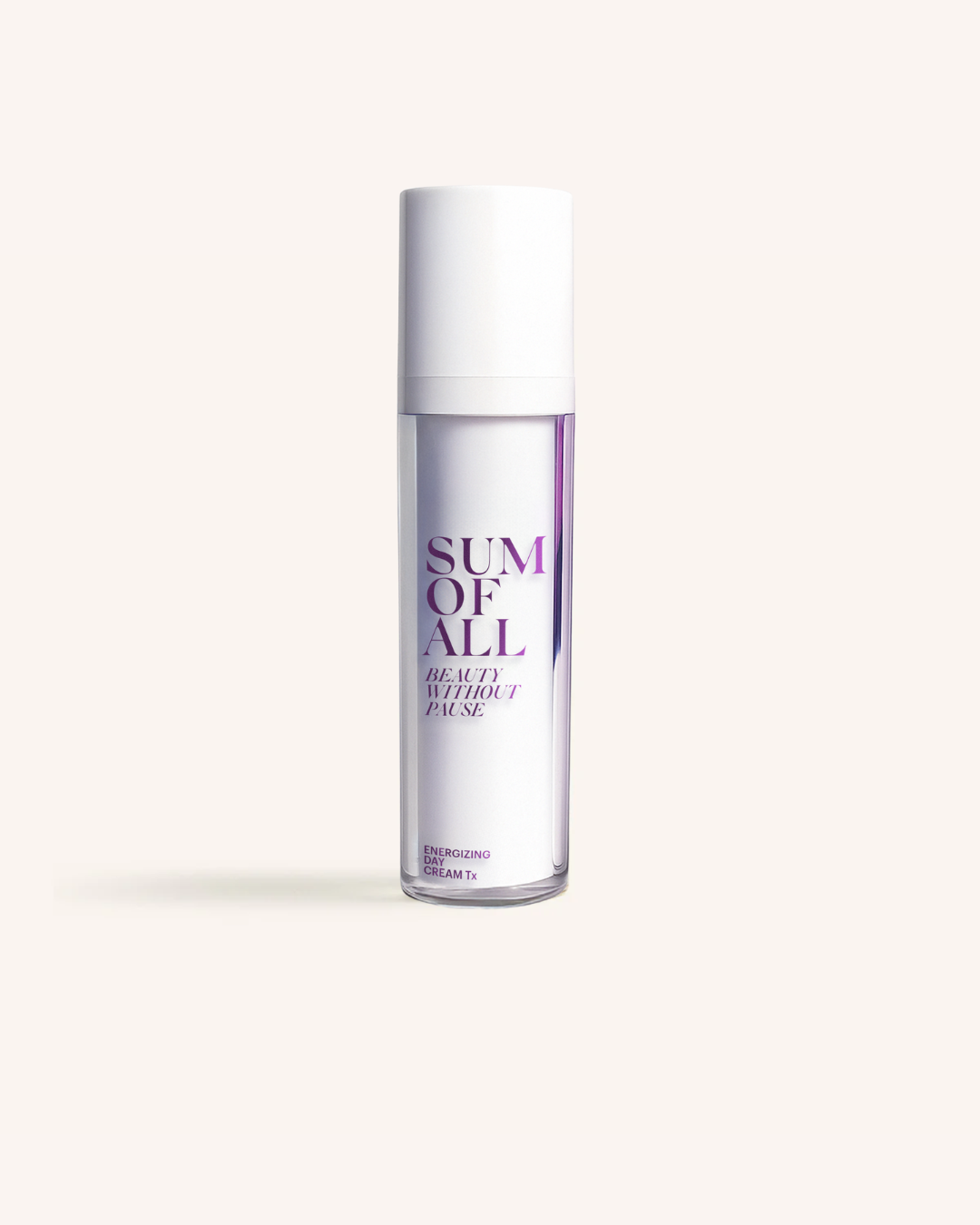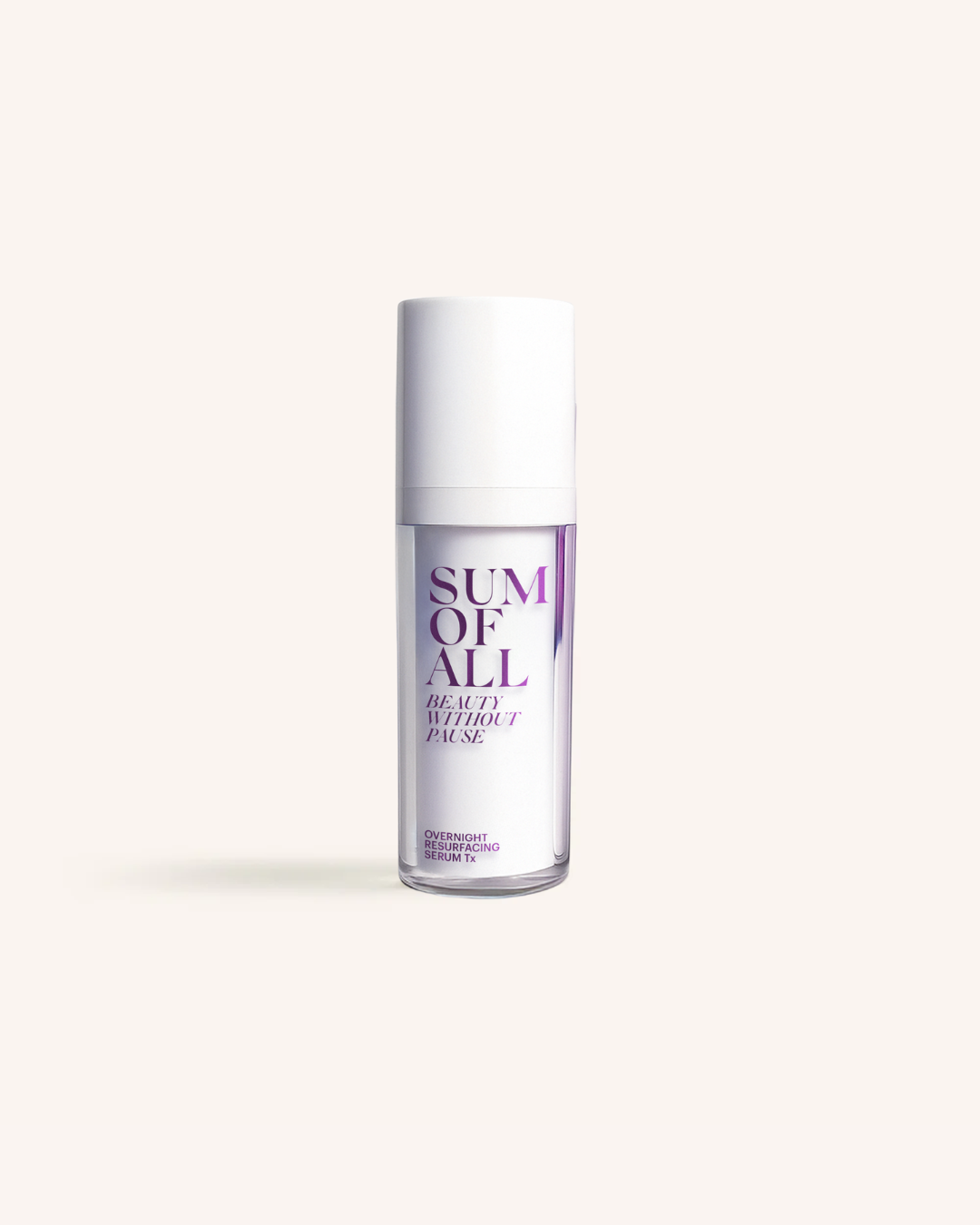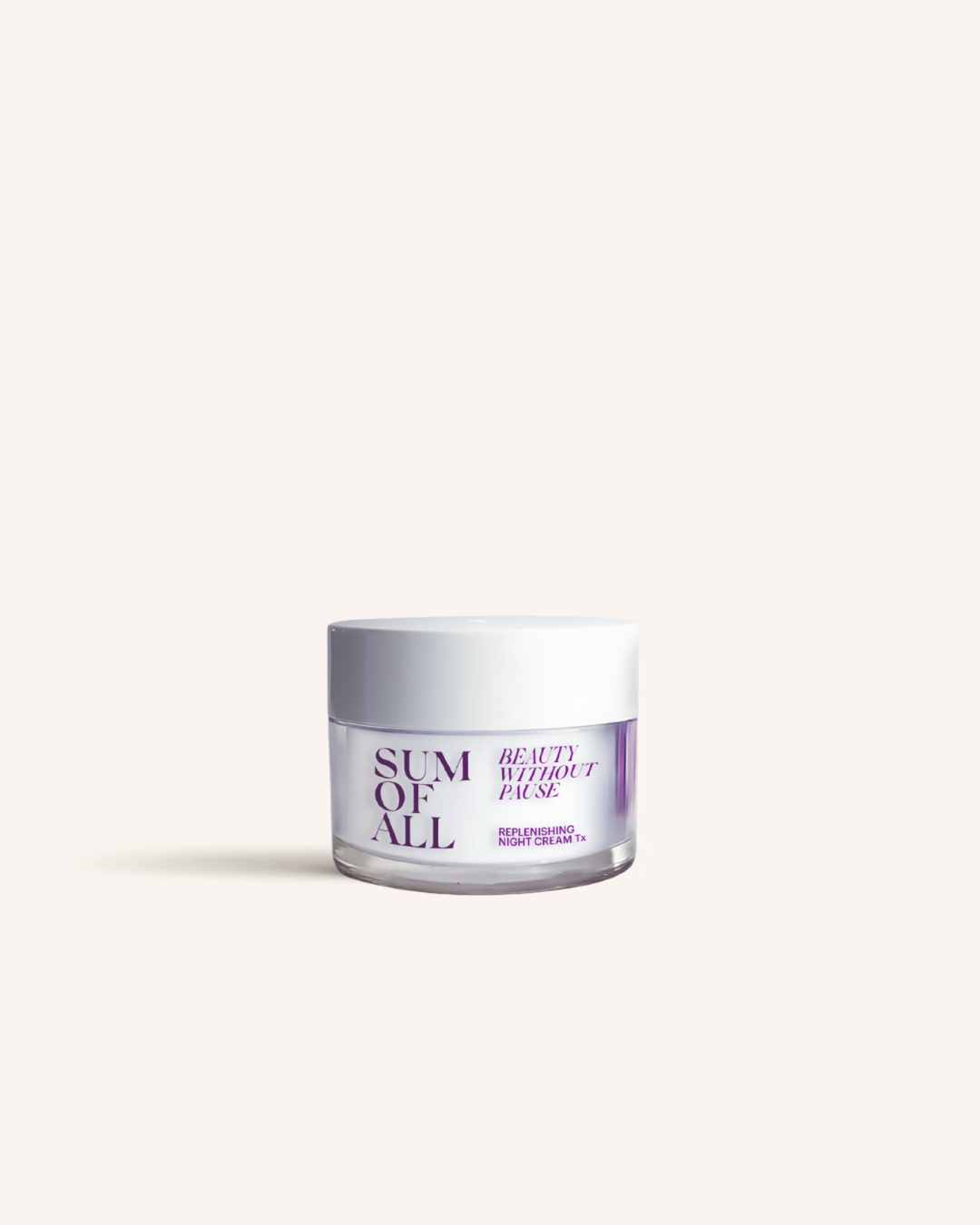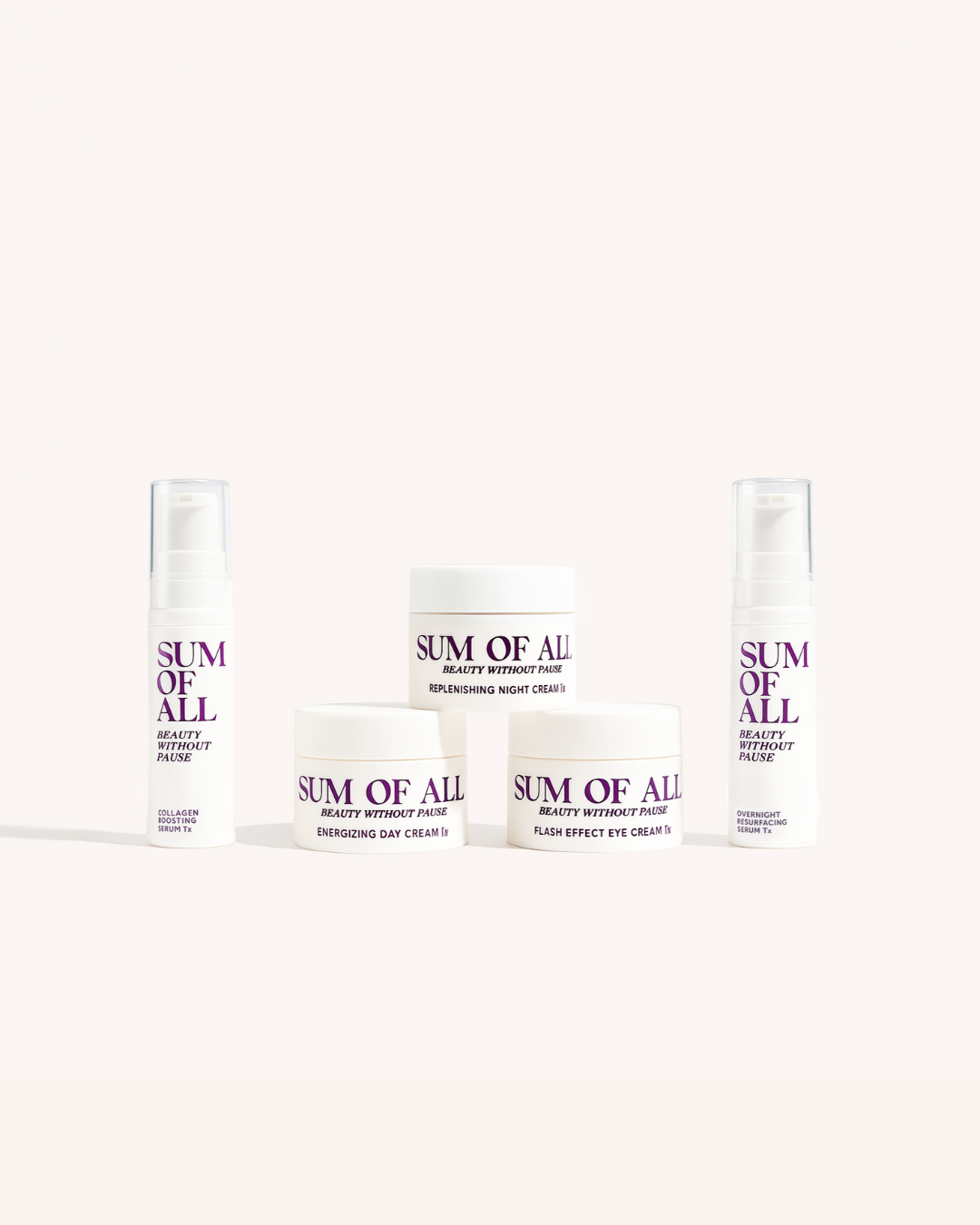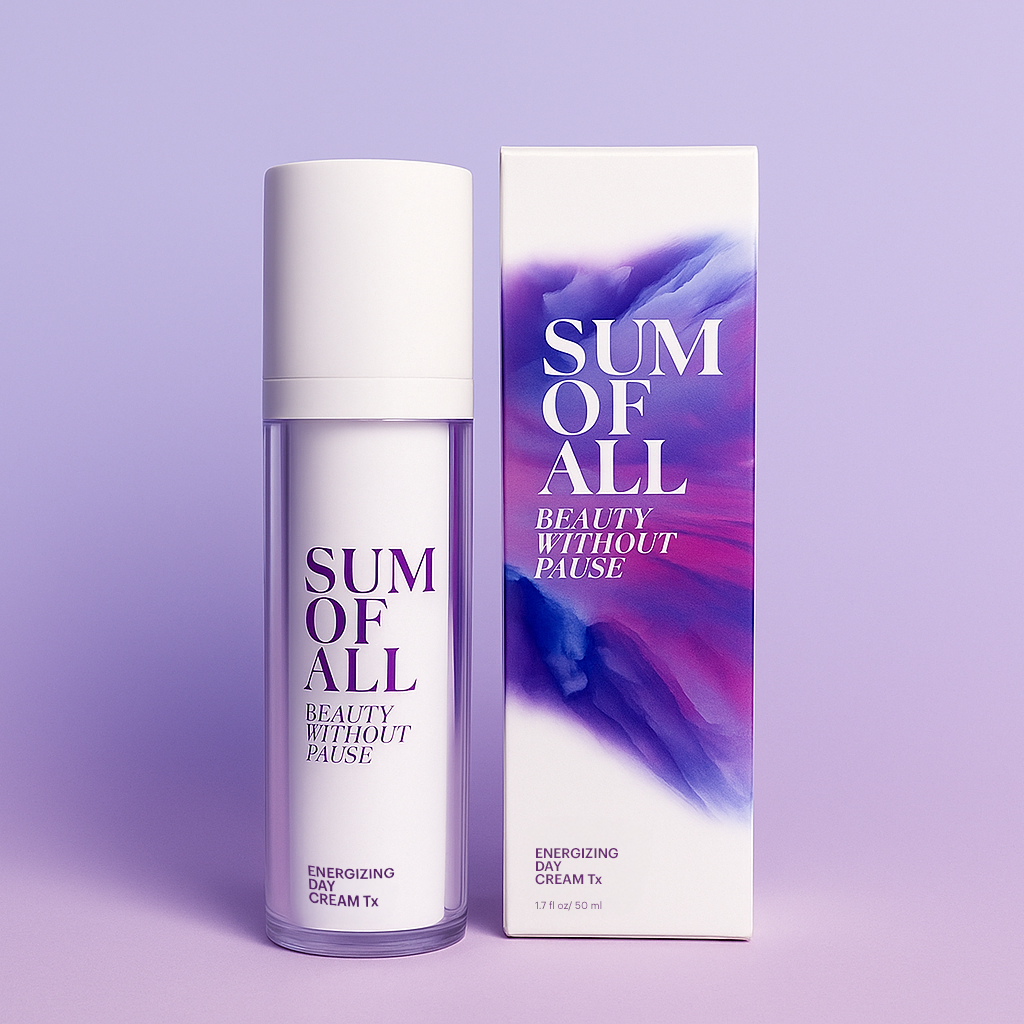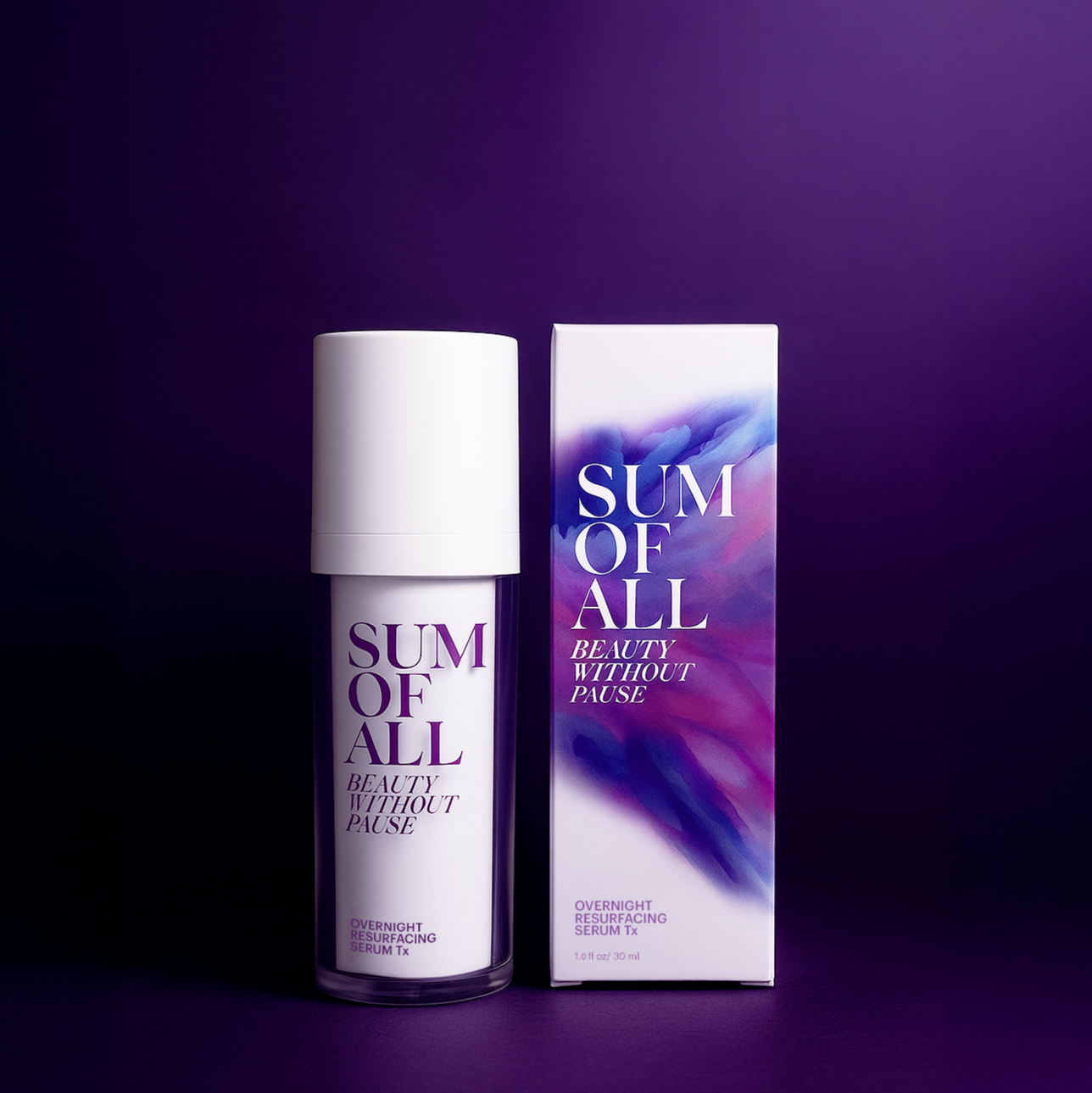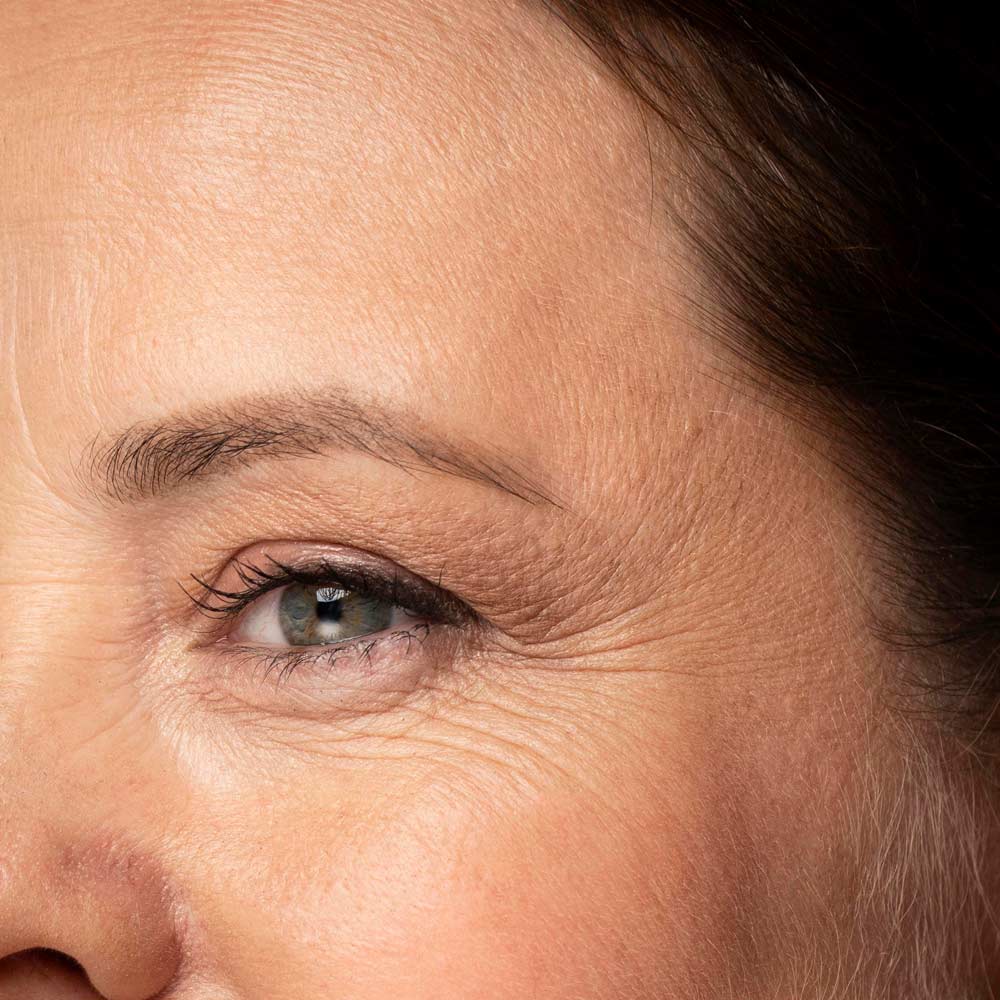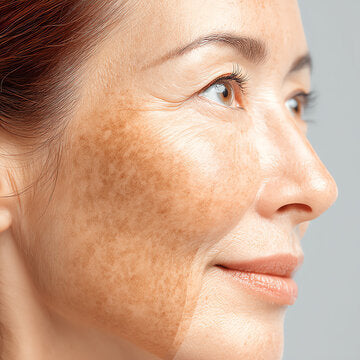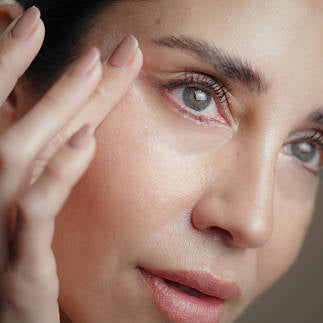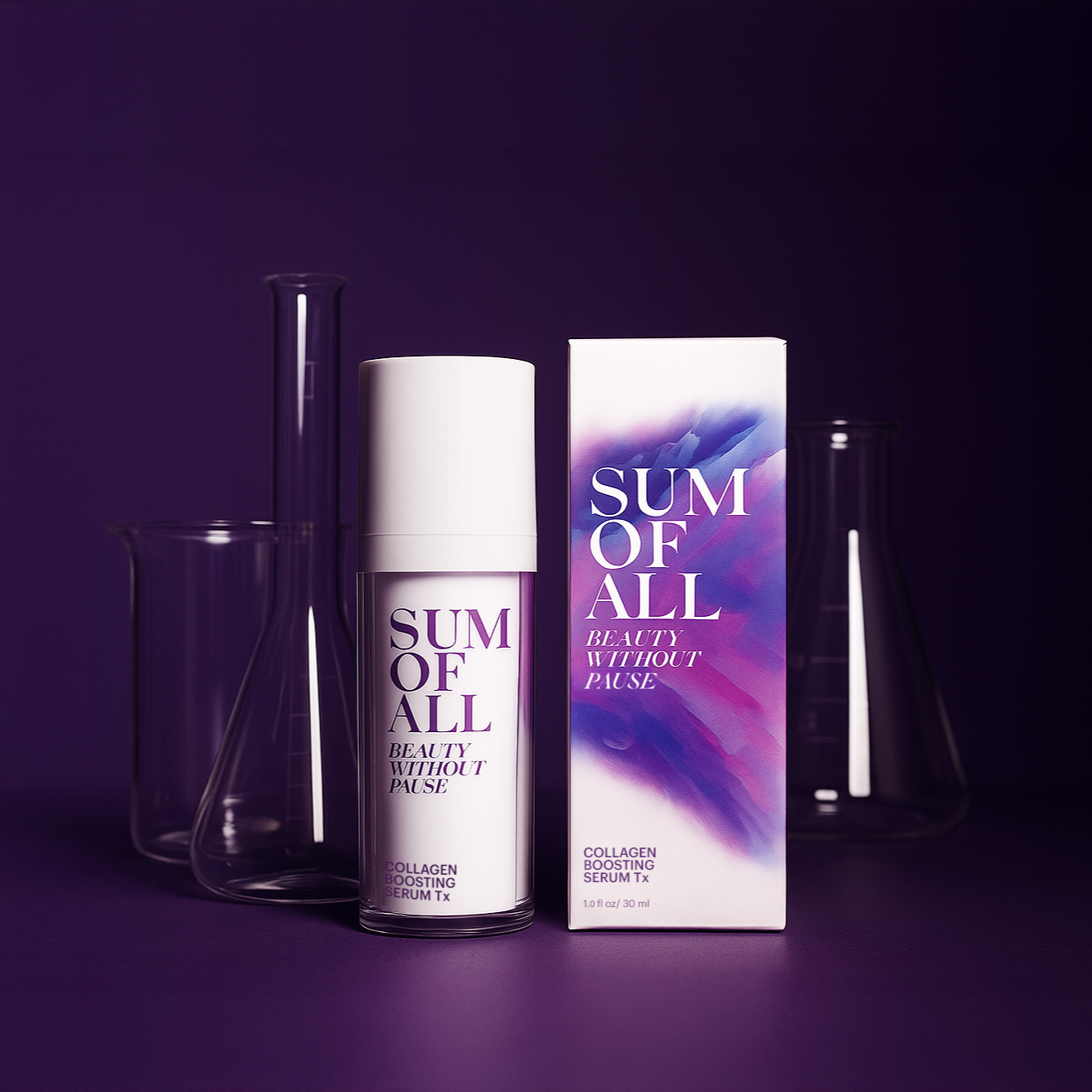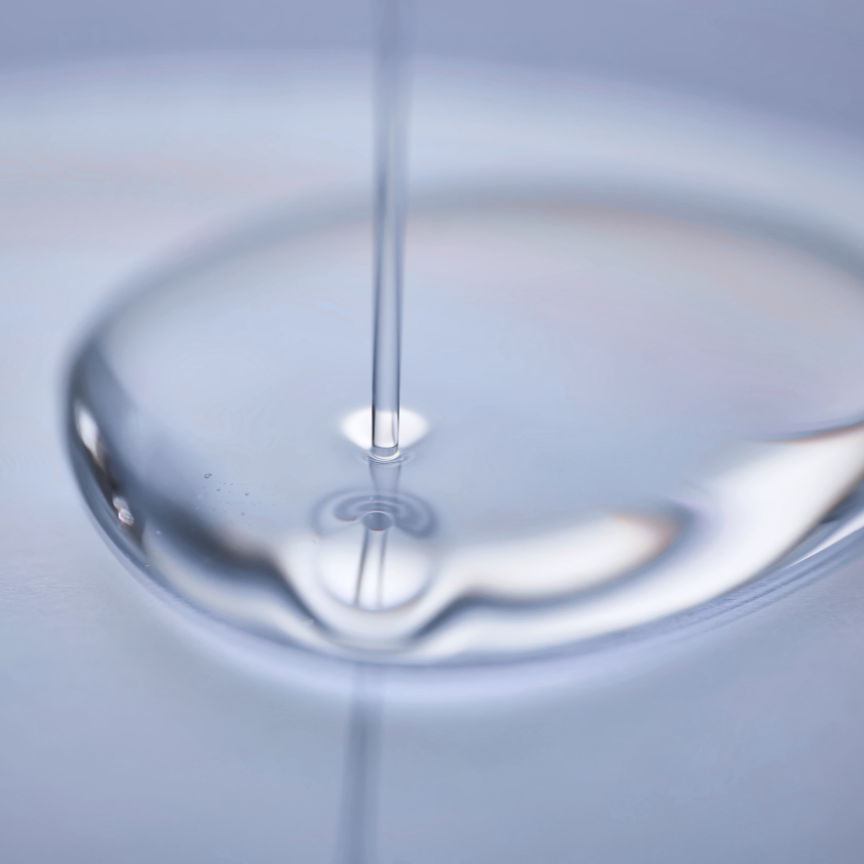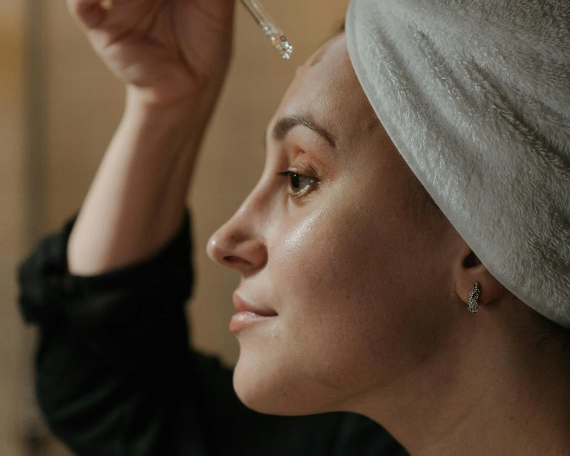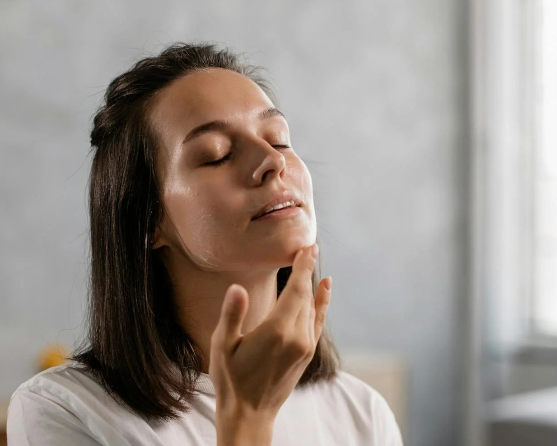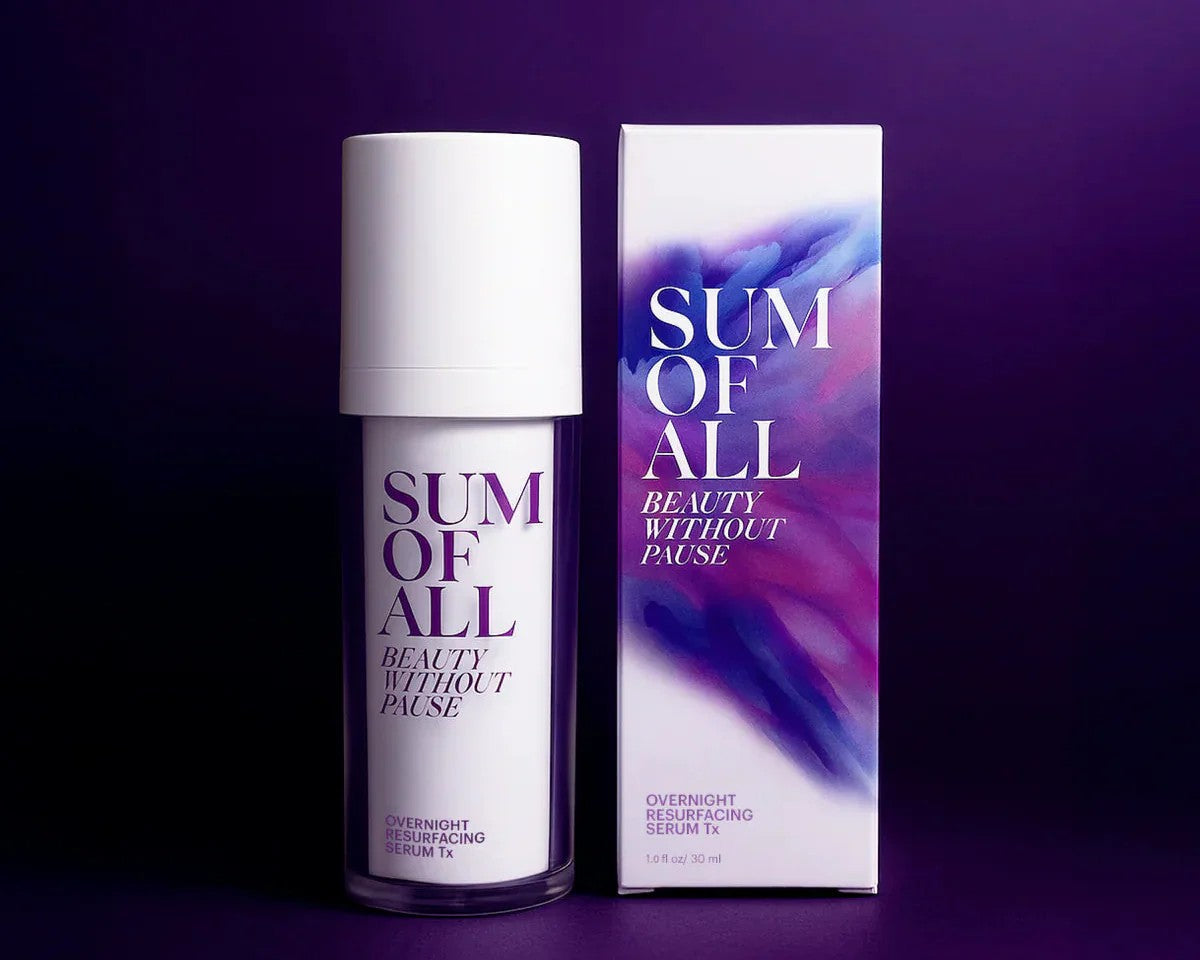What Exactly Is a Resurfacing Serum?
Think of it as a gentle guide for your skin’s natural rejuvenation journey. Our Overnight Resurfacing Serum is crafted to help enhance your skin’s texture and tone gradually.It often includes gentle acids or enzymes, that encourage a smoother, refreshed appearance by promoting cell turnover.
What Benefits Does a Resurfacing Serum Provide?
While you rest, it goes to work refining your skin’s surface, helping to diminish uneven tones, dullness, and texture troubles. Our unique formula, featuring glycolic acid, pineapple enzyme, and golden chlorella ferment, offers exfoliation in a gentle, multi-layered way that supports barrier health over time.
How Should I Apply a Resurfacing Serum?
Use a small amount on clean, dry skin in the evening, steering clear of the eye area. Once absorbed, follow with your night cream or moisturizer. Begin using it 2–3 times weekly and increase frequency as your skin adjusts comfortably.
When Is the Best Time to Use a Resurfacing Serum?
Incorporate it into your evening regimen, right after cleansing and before moisturizing. Given its exfoliating acids and active botanicals, it’s best suited for nighttime use when your skin naturally repairs itself and cell renewal peaks.
Is It Okay to Use a Resurfacing Serum Every Night?
This varies by individual. Some people can use it nightly, but starting with 2–3 times a week is usually ideal, especially if your skin is sensitive or you’re using other active treatments like retinol.
Does a Resurfacing Serum Combat Dull Skin?
Absolutely. These serums are typically used to brighten and revitalize tired or uneven-looking skin. Ingredients like fruit acids and enzymes, work to lift away surface buildup, revealing a smoother, more radiant complexion over time.
Can I Pair a Resurfacing Serum With Other Active Ingredients?
Caution is key. When layering with other exfoliants like retinol, salicylic acid, or vitamin C, consider alternating nights to prevent irritation or over-exfoliation.
Should I Wash Off the Resurfacing Serum?
No need. This is a leave-on treatment. Allow it to fully absorb before applying your night cream. It performs best when left to work overnight, supporting your skin’s natural overnight cycle of renewal and repair.
What Sets This Serum Apart?
Unlike harsh peels or abrasive exfoliators, our formula is designed to work in harmony with your skin’s natural rhythm. It’s a balanced blend of gentle fruit enzymes, amino acids, and sea botanicals that promote smoother skin without any uncomfortable tightness or sting.
Final Words
A resurfacing serum can be an easy, effective way to bring back glow and smoothness to your skin, especially when used mindfully. Start slow, stay consistent, and let your skin adjust to the rhythm of gentle exfoliation and renewal.
Sources
Mukherjee, S., Date, A., Patravale, V., Korting, H. C., Roeder, A., & Weindl, G. (2006). Retinoids in the treatment of skin aging: An overview of clinical efficacy and safety. Clinical Interventions in Aging. https://pubmed.ncbi.nlm.nih.gov/18044109/
Green, B. A., Yu, R. J., & Van Scott, E. J. (2009). Clinical and cosmeceutical uses of hydroxyacids. Clinics in Dermatology. https://pubmed.ncbi.nlm.nih.gov/19093347/
Zouboulis, C. C. (2018). Physiology of the human sebaceous gland. Journal of the European Academy of Dermatology and Venereology. https://pubmed.ncbi.nlm.nih.gov/32423334/
Hardman, J. A., et al. (2014). The circadian clock in human skin: implications for repair and aging. Proceedings of the National Academy of Sciences. https://pubmed.ncbi.nlm.nih.gov/24611794/
Nakagawa, S., et al. (2020). Circadian regulation of skin barrier function. Nature Communications. https://pubmed.ncbi.nlm.nih.gov/32304894/
Read more

As women, the idea that perimenopause signals the “beginning of the end” for our skin is all too common. In reality, it’s a time of transformation - one that offers an opportunity to care for your ...

A sudden wave of heat. Flushed skin. Damp clothes. A pounding heartbeat. If you’ve ever had a hot flash, you know it can feel like your body is betraying you, without warning or explanation. While ...


